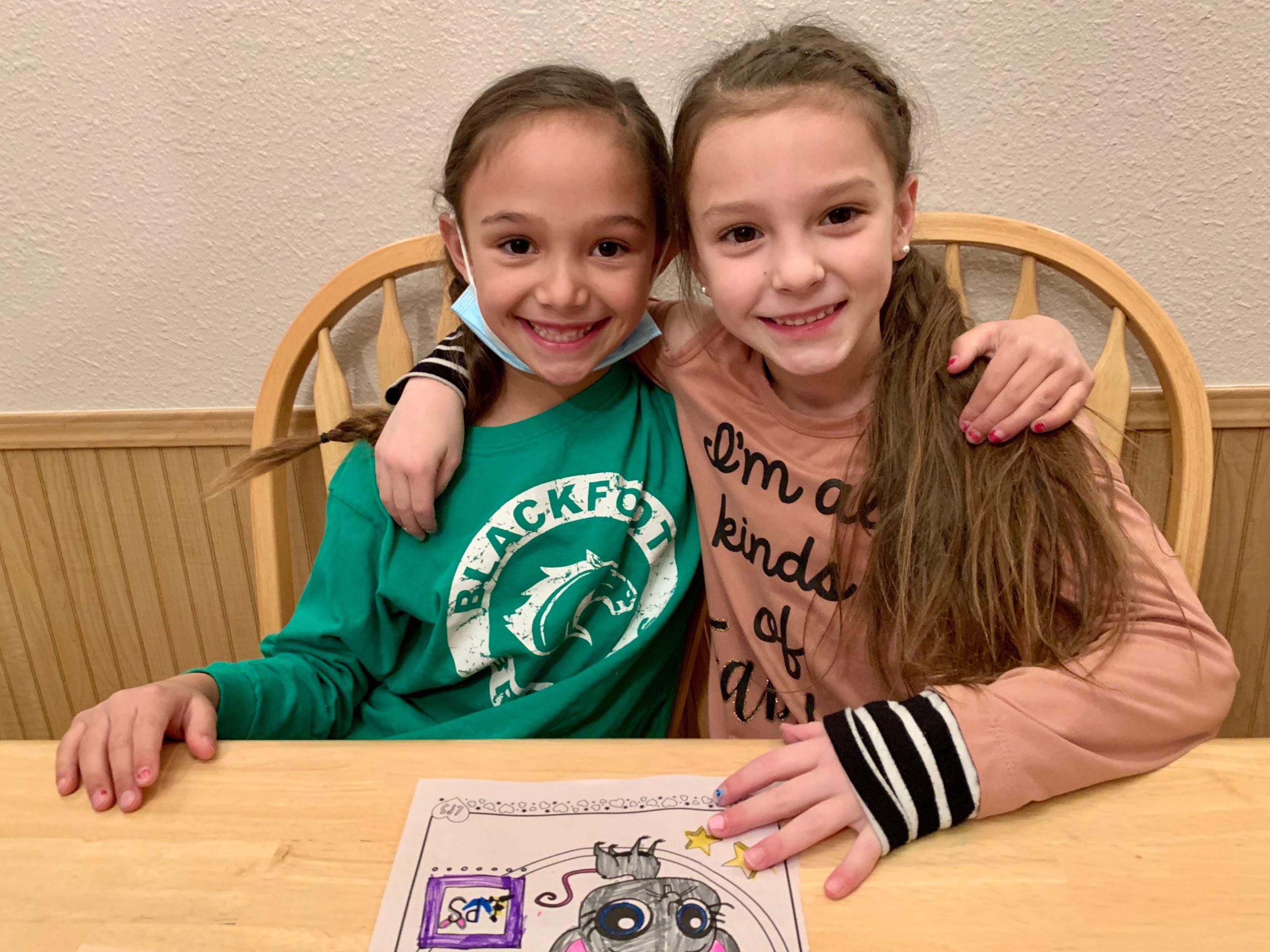Our 6-year-old, Emerie, darted for the front door before my wife told her she could have a playdate with her cousin, Zelly.
BFFs born six days apart, the munchkins hadn’t seen each other since Zelly’s family entered a two-week quarantine for possible exposure to COVID-19.
That’s an eon to Emerie, who couldn’t contain herself at the thought of a reunion — or await approval from Mom before forgetting her coat and barreling into the frigid night air.

Seeing friends means more than it once did for our three elementary-age daughters as the pandemic lumbers on. Limited interactions with loved ones and friends, slashed events and disrupted school schedules have jarred their budding social lives.
And then there are all the face masks — which I’m pretty sure our kindergartener, Nayvie, thinks are a normal part of school.
Effects of the pandemic have underscored for my wife and me how much kids need friends, and how heightened levels of isolation and social disruption could be impacting them and others.
A newfound “best bud” at school has been a saving grace for Nayvie, who occasionally still fights getting up in the mornings. Less friend time has brought our third grader, Parlie, to more desperate measures. Last month, she asked yours truly to be her “pen pal.” I’ve learned how obsessed she is with cheetahs. And I’m “more interesting than people think,” she recently told me.
Gee, thanks.
It’s hard to say how much COVID-19 is impacting the mental health of children. Hard data is still emerging, and good research takes time.
Some experts are pointing to anecdotal evidence of a heavy strain on youth and how isolation augments already rising mental health issues among children.
“They’re giving up hope,” Saun-Toy Trotter, a psychotherapist at University of California, recently told NPR regarding a record number of youth suicide attempts recorded at her school-based clinic. “There’s nowhere to go. There’s nothing to do. There’s nothing to connect with. There’s just deflatedness.”
Forced isolation during the pandemic exacerbates existing levels of depression and anxiety among youth, a new study from the American Academy of Child and Adolescent Psychiatry found.
And Idahoans — and our children — have a history of high levels of depression and suicide. The state consistently records some of the nation’s highest suicide rates. In 2016, it ranked eighth overall, at 20.8 suicides per 100,000 people — 50 percent higher than the national average, according to 2018 Idaho Health and Welfare numbers.
Suicide was the second-leading cause of death for Idahoans ages 15-34 and for males up to age 44 that same year, the numbers show. Between 2013-2017, 110 Idaho school children, ages 6-18, died by suicide. Twenty-five of those deaths were among kids age 14 or younger.
The grim numbers underscore the trepidation K-12 leaders have had in taking learning all online. Some educators say they can’t hold out any longer. The Boise, Nampa and Caldwell districts have all shifted to fully remote learning models through the end of the year to combat difficulties brought on by the pandemic. Others, including Idaho Falls and Pocatello-Chubbuck, are sticking with mostly in-person teaching and learning.
Surveys confirm the majority of Idaho parents prefer in-person learning. Parents have pointed to a continued need for teachers, activities … and friends.
Several Idaho teens met remotely with state education leaders in October and said isolation brought on by the pandemic mingled with depression and anxiety is a top concern for them. Their mental health is another.
“(R)ight now I don’t think the main focus is school, or even extracurriculars,” student Kenna O’Donnell told State Board President Debbie Critchfield and Executive Director Matt Freeman. “We really need to be focusing on the mental health of students because this has taken a big toll on a lot of the people that I know.”
Fortunately, our daughters’ situation has allowed them to interact daily with their peers and friends at school. After some short-lived stints with at-home and hybrid learning, they’ve attended their elementary school fully in-person for months.
But friend time and extracurricular activities have taken big hits.
Last week, we watched Parlie participate in a youth basketball game via Zoom because parents can not attend in person.
“Did you see my a basket?” she asked after we picked her up.
We were cheering. She just couldn’t hear us.
